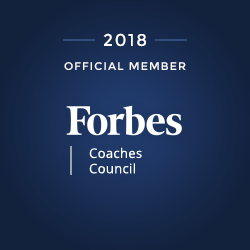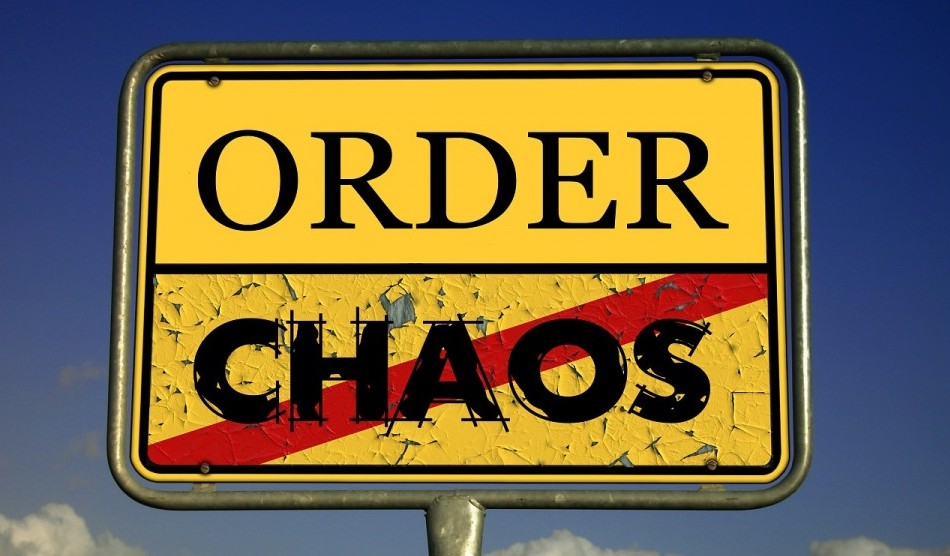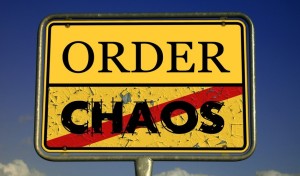
Whether you are an entrepreneur running your own company or you were brought in to take a company to the next level, as a CEO, there are many forces at play that try to prevent you from performing at your best. And as a leader and chief executive, if you are not performing at your best, your team and company will suffer the same fate.
As a coach, I get the opportunity to see what is really going on in the minds of entrepreneurs and CEOs. Often times, it looks like a blender running at full speed. There are so many competing ideas, priorities, deadlines, people issues, etc. that want your full attention right now, and without discipline, they could prevent your company from scaling up.
Here are six critical disciplines for becoming the most efficient CEO possible: a breakaway CEO.
1. Accept that conflict is part of the role.
The mental energy CEOs spend working through conflicts can slow down decision making more than anything else. All CEOs have conflict management built into their role, it’s just important to determine what the conflict is about and how much of it is present. Becoming more aware of the different forms of role-related conflict is crucial for CEOs to make the best decision quickly.
For example, there are people-related conflicts, such as an underperforming key manager, resource conflicts or constraints within the company, or time conflicts, like managing the strategic versus the urgent or helping a manager solve a problem versus stepping in yourself. Accept these conflicts as part of your role and leverage them as learning opportunities for you and your team.
2. Differentiate the people and operational sides of the business.
There are two sides of the business that drive growth. One side, the “spirit side,” is related to people. This is company culture, how employees show up mentally every day, and the values and standards that teams live and make decisions by. The opposite, “mechanical side” is more operational. It relates to meeting functionality, agendas, company process and procedures.
Breakaway CEOs focus on always improving both the people and the mechanical side of the business in a balanced way. Being able to step back and ask, “Is this issue really a people-related problem or is it more of a process-related problem?” is a powerful way to make better decisions. Don’t let poor processes and a lack of routine create drama on the people side of your business.
3. Develop your leaders.
As CEO, you have an immense influence on how works get done and by whom. You have the authority to command and direct people and resources in an instant to take advantage of an opportunity or solve a problem. Breakaway CEOs know they must develop leaders before they step into leadership positions and continue their development once in that role.
A lack of true leadership in a company that’s trying to scale up creates a chaotic organization in which culture crumbles and operations slow down due to lack of trust. Though it takes more time and energy in the short term to develop someone into a leader, it pays off in dividends later when you really need it.
4. Put your own mask on first before helping others.
The body and mind are connected, and an unhealthy body leads to an unhealthy mind. I see a strong pattern of CEOs who don’t take care of themselves, and the overall health of their organization suffers as well.
Breakaway CEOs know they have the power to prioritize their agenda and personal well being. This all comes down to discipline. There is nothing worse for a company than a stressed-out CEO with his or her mental blender on full speed.
Even if you feel you can’t step away from the business to work on yourself, know that your team members will support it. They see and feel the benefits themselves.
5. Align your agenda with the company’s priorities.
The No. 1 trap CEOs fall into is becoming the fixer. Fixing problems creates immediate results, but the price is slower team development and ultimately slower company growth.
Breakaway CEOs know their agendas need to closely reflect the company’s short-term and long-term initiatives. Don’t let day-to-day issues creep in excessively to slow down advancement. Your calendar should reflect initiatives that support growth.
6. Understand how your behavior drives the business.
How you do things is equally as important as what you do. Breakaway CEOs know that the key to driving culture, values, trust and influence rests on how they behave on a daily basis.
How are major issues handled? What is the public persona of the CEO? What values and frameworks drive the big decisions?
If you are going to be a CEO, be a breakaway CEO. The result is a company that scales faster while being more fun to run along the way.







 Rapid growth is exciting … and chaotic. When your growth strategies start paying off, the processes that worked well when you were smaller can break down as you add clients, revenue and employees to your business. As you get more decision makers, with differing opinions on how to do things, your processes can become so cumbersome that they threaten to slow your business and increase your risk.
Rapid growth is exciting … and chaotic. When your growth strategies start paying off, the processes that worked well when you were smaller can break down as you add clients, revenue and employees to your business. As you get more decision makers, with differing opinions on how to do things, your processes can become so cumbersome that they threaten to slow your business and increase your risk.





 One of most misunderstood or left out components of the Gazelles One Page Strategic Plan is the QUARTERLY THEME section. For larger companies, this is one of the most powerful and transformational techniques that you can leverage for growth.
One of most misunderstood or left out components of the Gazelles One Page Strategic Plan is the QUARTERLY THEME section. For larger companies, this is one of the most powerful and transformational techniques that you can leverage for growth.